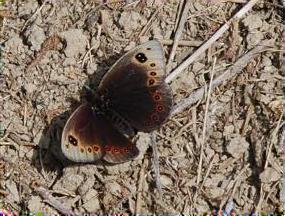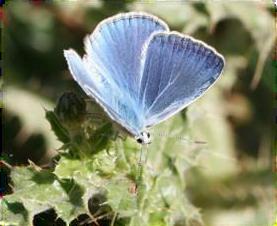Didem Ambarli
The aim of this project is to reveal the current condition of steppes by analysing bird, plant and butterfly communities, together with the human use and produce conservation guidelines.

Anatolian steppes have high conservation priority with hundreds of endemic and/or globally threatened plant, butterfly and bird species. Yet there is not any recognition of grassland as conservation target nor a measure or action to conserve its biodiversity. Grasslands have been under the threat of over-grazing and agricultural conversion to arable land for years. The intensity and coverage of such human activities stated to change since 30 years with migration from rural to urban. To form a basis for conservation of grasslands, it is important to understand current condition of steppes, factors affecting its biodiversity and effects of past and present human uses.

The aim of the research is to find out the current condition of the steppes in a 2 million ha large biodiversity-rich region of Central Turkey in terms of plant, bird and butterfly communities, effects of human actions on ecosystem integrity and to develop conservation guidelines that will couple sustainable human use with a healthy and diverse ecosystem.
To collect necessary data, a gradsect sampling strategy will be followed to sample steppes under different environmental and anthropogenic conditions. Then teams composed of vegetation researchers, bird and butterfly watchers will do a series of fieldwork to collect data about biodiversity of different steppe types. Interviews will be done with villagers and District Agriculture Department to learn about type, coverage and the intensity of the activities on steppes. All the data collected will be analysed with statistics, RS and GIS software. Steppes with high biodiversity loss will be identified. The nature-friendly applications will be indicated by identifying sites that are both managed and maintain rich biodiversity. Based on the results, conservation guidelines will be prepared for steppes.